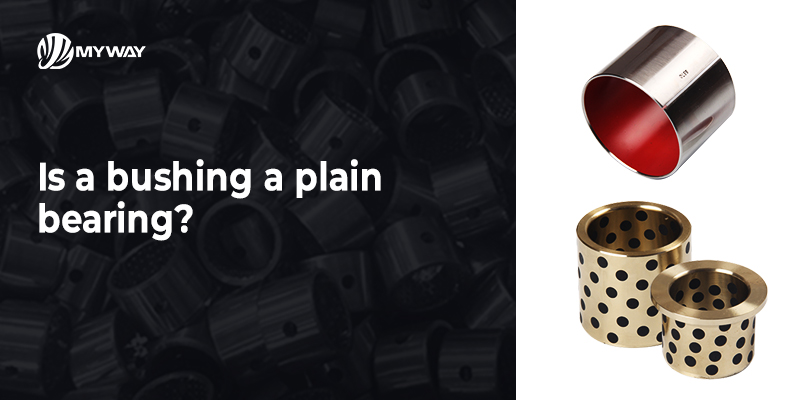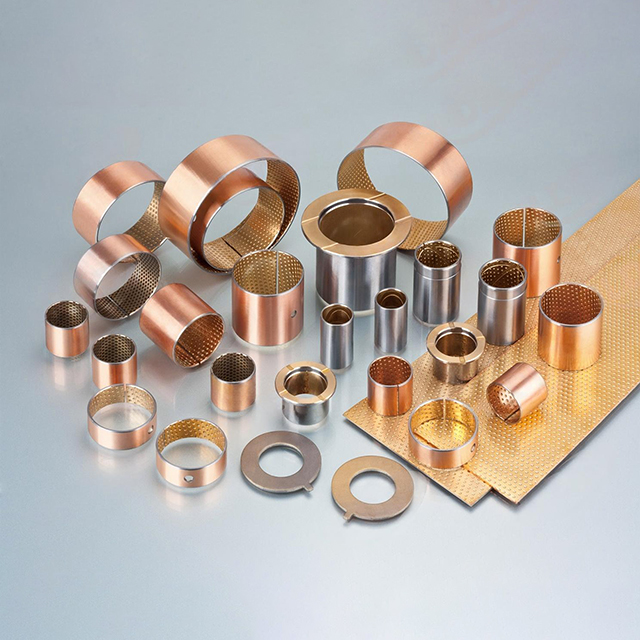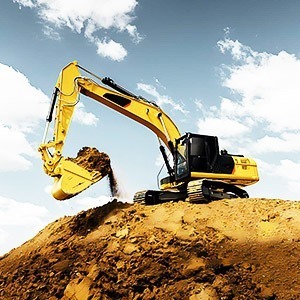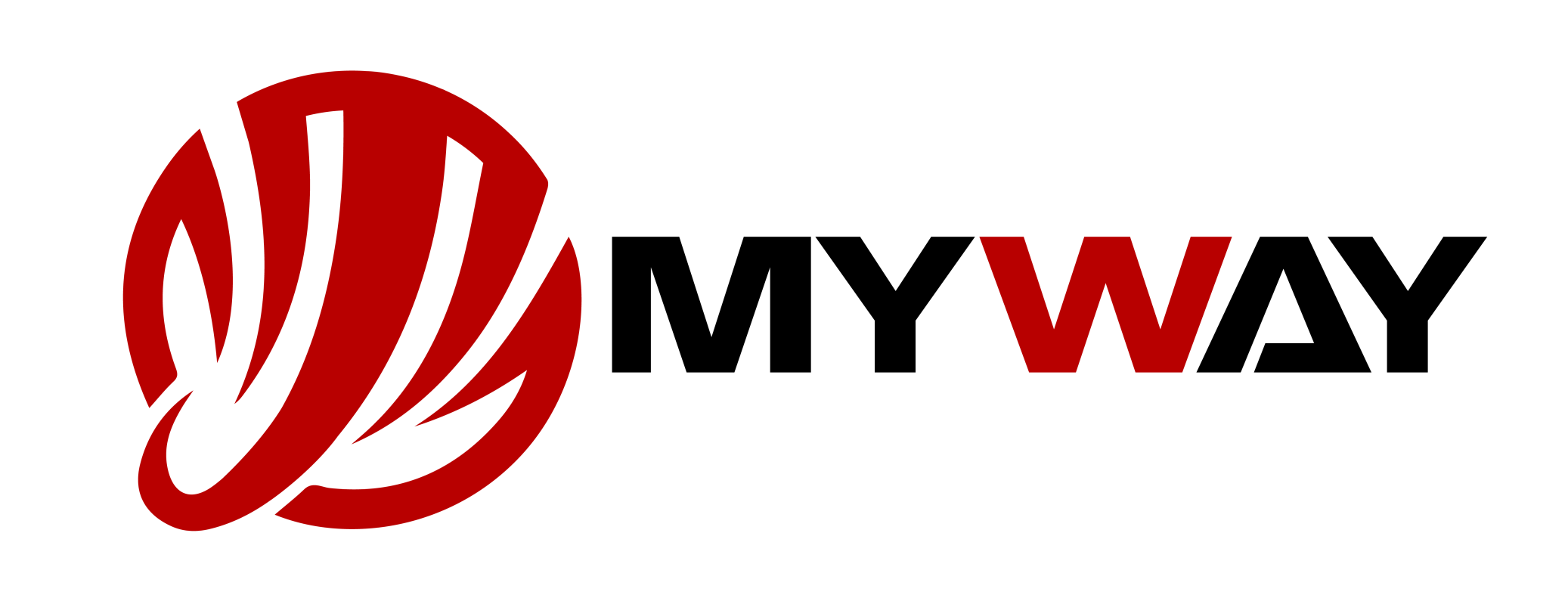
Home » Self lubricating bushings » Is a Bushing a Plain Bearing?
Is a Bushing a Plain Bearing?
Yes, bushings are a type of plain bearing, but sliding bearings include but are not limited to bushings.
In this article we’re going to answer the question, “Are bushings plain bearings?” We’re going to go into detail about what bushings are and what plain bearings are, discuss the characteristics of each, look at their advantages and disadvantages, and look at when you would use them.
Table of Contents

1. What is Plain Bearing?
A plain bearing is the most primitive type of bearing there is. What’s it used for? Reducing the amount of friction between two different surfaces that are moving (i.e., a shaft and a housing). Plain bearings do not use rolling-element like bearings (such as ball bearings) do. Plain bearings use sliding friction instead of rolling friction.

2. What is a Bushing?
A bushing is a type of plain bearing. It is typically cylinder- or sleeve- shaped and is used to support a rotating or sliding shaft. It is pressed into a housing and keeps friction between the shaft and the housing to a minimum. This is such an efficient, inexpensive, and versatile type of bearing that the bushing is probably the most common type of plain bearing.


3. Differences between Bushing and Plain Bearing
Feature | Plain Bearing | Bushing |
Category | A broad category of friction-reducing components. | A specific type of plain bearing. |
Shape | Includes various shapes (cylindrical, spherical, thrust, etc.). | Typically cylindrical or sleeve-shaped. |
Function | Reduces friction and supports motion (rotary, linear, or axial). | Primarily supports rotary or sliding motion. |
Applications | Includes rotary, axial, and linear motion. | Primarily used for shafts or pins in rotary or sliding motion. |

4. When Should You Use a Bushing?
4.1 Ideal Applications for Bushings:
- Simplicity: When you need a solution that’s easy to install, easy to use, and easy to replace.
- Slow to moderate speeds: For low or moderate sliding or rotation speeds.
- Quietness: If you need super quiet, especially in high torque environments.
- Cost: If you need something cost-effective.
- Self-lubricating: In applications where maintenance is difficult or where you can’t reach the part to lubricate it.

4.2 Common Applications of Bushings:
- Automotive Systems: Suspension components, steering systems, and linkages.
- Industrial Equipment: Pumps, compressors, and conveyor systems.
- Household Appliances: Fans, washing machines, and small electric motors.
- Construction Machinery: Pivot points and joints in heavy equipment.

5. Conclusion: Are the Bushing and Plain Bearing The Same?
100000+ Types of Bushings – Contact Us for Details

